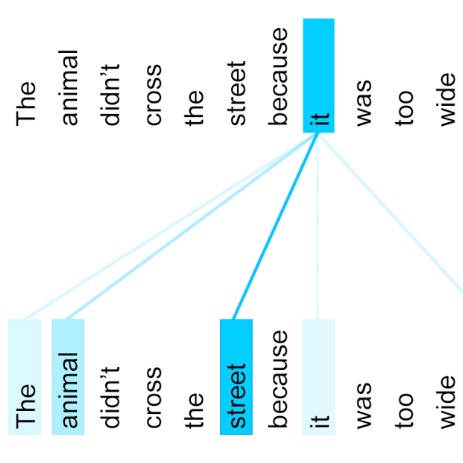Traditional machine learning-based steganalysis methods on compressed speech have achieved great success in the field of communication security. However, previous studies lacked mathematical description and modeling of the correlation between codewords, and there is still room for improvement in steganalysis for small-sized and low embedding rates sample. To deal with the challenge, We use Bayesian networks to measure different types of correlations between codewords in linear prediction code and present F3SNet -- a four-step strategy: Embedding, Encoding, Attention and Classification for quantizaition index modulation steganalysis of compressed speech based on Hierarchical Attention Network. Among them, Embedding converts codewords into high-density numerical vectors, Encoding uses the memory characteristics of LSTM to retain more information by distributing it among all its vectors and Attention further determines which vectors have a greater impact on the final classification result. To evaluate the performance of F3SNet, we make comprehensive comparison of F3SNet with existing steganography methods. Experimental results show that F3SNet surpasses the state-of-the-art methods, particularly for small-sized and low embedding rate samples.
翻译:在通信安全领域,基于传统机器的压缩言语传统分析方法取得了巨大成功,然而,以前的研究缺乏数学描述和对编码词之间相互关系的建模,在小尺寸和低嵌入率样本的制导分析方面仍有改进的余地。为了应对这一挑战,我们利用拜叶斯网络测量线性预测代码和F3SNet中代码词与F3SNet -- -- 一种四步战略 -- -- 不同类型的相关性:在高纬度注意网络基础上对定量调控指数进行嵌入、编码、注意和分类分析。其中,嵌入式将编码词转换成高密度数字矢量,编码使用LSTM的记忆特性保存更多的信息,将它传播到所有矢量中,并注意进一步确定哪些矢量对最后分类结果有更大的影响。为了评价F3SNet的性能,我们将F3SNet的调控与现有的导理法方法进行全面比较。实验结果显示,F3SNet的编码转换结果显示F3SNet超过低密度的嵌入率,特别是小比例。




